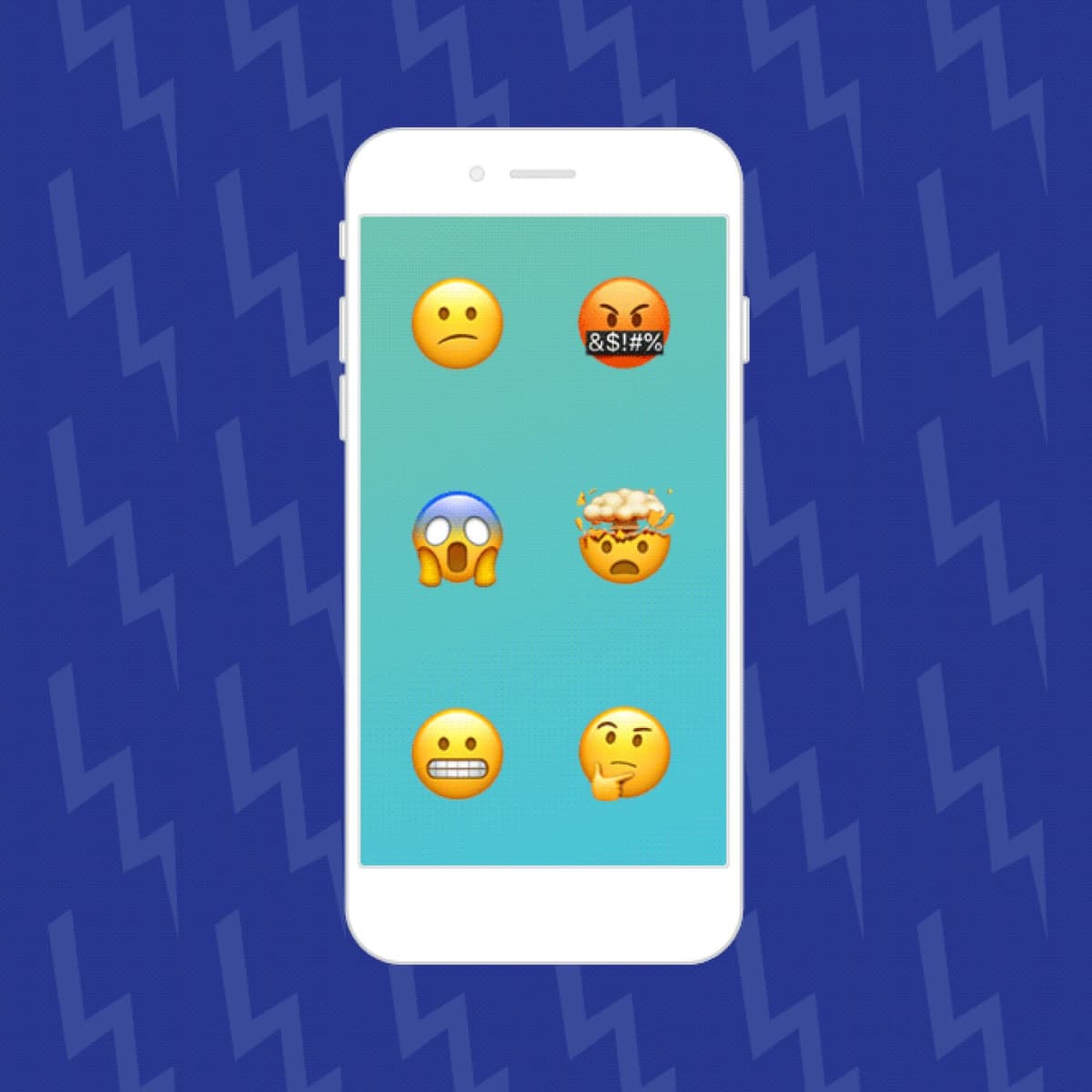Brand Sensitivity Training
Published on September 28, 2018/Last edited on September 28, 2018/6 min read


Kelsey Cottingham
Editor, Content Marketing at BrazeWe’ve known for some time now that consumers want the messages they receive from brands to be personal and relevant to them. In fact, 83% of consumers say that they want brands to treat them like individuals. Personalization comes in all sorts of shapes and sizes, and it’s not really optional anymore. It’s not even just table stakes—it’s becoming essential if you want to get your customers’ eyes to stay on your messages. Just take a look at Google and Apple’s latest OS updates. With iOS 12 and Android Pie, operating systems are making changes that push brands to seek out ongoing, active consent from their users. What does that look like for brands? Well, if a customer swipes away more than a certain number of your messages, they’ll be prompted by Apple to see if they want to keep getting your messages at all. That’s big. With major developers starting to put customer needs at the forefront, smart brands should do the same. Here’s a couple of ways that you can prioritize your customers.
Beyond personalization: It’s time that marketers get considerate.
Picture this: You’re a U.S. Citizen and it’s early May. In the United States, that means Mother’s Day and Father’s Day are on the horizon. And for consumers, that means getting inundated with messages about deals to get mom or dad that something special on their big day. Now, for a lot of folks, these messages can be annoying, invisible, maybe even helpful! But for some, they’re a reminder of some pretty unfortunate circumstance. Maybe they lost a parent or have a bad relationship with one or both of them. Now, think about all those messages about mother’s and father’s day deals that you might be sending them. That’s a different kind of impact—and a not-so-great association with your brand.
What can you do about it?
If your team is planning to send messaging around these types of events (and don’t get us wrong, it makes sense to do that for a lot of brands!), consider sending an in-app message to encourage customers to update their preferences on the types of messages they want to receive. Don’t have time or resources to devote to building out a preference center? A simple opt-in campaign, something like a full screen or modal in-app message with yes & no buttons, can do the trick. Plus, you can get the job done from the start with any new users you acquire in the period leading up to these campaigns. Make preferences about holiday campaign types a part of onboarding new customers (because you’re already nailing the onboarding flow, I’m sure, right? 😉 )
Not convinced?
Think of your customer base. Now think of how many different religions, ideologies and belief sets they subscribe to. A simple campaign encouraging users to choose the types of special campaigns they’re interested could go a long way.
There’s a certain art to this shift toward considerate messaging. Truthfully, it doesn’t always have to involve sending out extra campaigns or building preference centers, either. Some of the best things you can do will be things that your customers don’t even notice. And that’s a good thing. Trust me.
Have you ever been awakened by a push notification in the middle of the night? Your customers probably have. But hey, maybe they tend to keep their phones on silent. They’ve probably still looked at their phones after turning their alarms off just to see a screen full of push notifications from various brands and apps. Among the things you want your customers thinking about you first thing in the morning, “Why the h*ll did they send me three pushes about new job openings at 2AM?” probably isn’t one of them.
How about sending messages during the work day? Brands often make the mistake of sending customers messages that they just can’t take action on during the day. Picture this: your customer gets a notification from a streaming service during their 9-5 work day at 3:00pm with a suggestion for a new show. They tap on it, and it leads them straight to the watch screen…?! That’s not a great use of their time—and could even be enough to make them turn off your notifications.
Getting the idea here? There are a bunch of tricks to make sure that you’re sending customers messages at times that make sense for them, no matter what their schedule looks like. Tools like Intelligent Timing by Braze use AI technology to determine the best time to send messages to users based on when they’re most likely to open your messages. Have a content or product recommendation that just can’t wait? Try using push action buttons with your messages so users can save for later without even having to open your app. Now that’s a good use of time and attention.
Like I said, sometimes the best use of your technology will be those messages that your users don’t even realize are timed just for them—because they’re timed just for them.
Here’s an easy one: Don’t ignore your customer data. If you’ve done your onboarding correctly—if you’ve learned from your customers history, likes and dislikes—then make sure you’re using all that information to better connect with your users. Believe it or not, some brands fail to take action on the things their customers literally tell them they want to see.
For example, imagine you’re a vegetarian, and you’ve made that fact clear in the profile for your weekly mealkit service. Then you get sent an email that’s all about the different types of brats to grill this summer. Instead of sending batch-and-blast emails to your entire user base, use your customer information to create segments and send more targeted campaigns. You can also use tools like weather API’s or simple location data to send hyper-relevant messages to your users. Maybe you’re a clothing brand navigating that awkward pre-fall period. Using tools like these, you could be sending customers in chillier climates emails about your new line of vests and light scarves, while your folks in warmer areas may get an email about dresses that layer well so they’re ready to transition when the time comes.
Sometimes the best thing to say is nothing at all. Setting up tools like frequency capping can help you to not overwhelm your customers with messages. This is actually especially useful for your active customers—maybe they’re doing a whole lot across your app and website that trigger campaigns...but I bet they didn’t expect a little online shopping to result in 13 new emails in 12 hours. With frequency capping, users won’t receive more than a given number of messages in a set time period. Less can most certainly be more.
Final thoughts
As customer attitudes and the larger technology landscape continue to evolve, brands are going to be challenged to make their messages relevant to their customers—and Google, Apple, and other tech giants are taking steps to ensure that brands feel the pain if they don’t. Instead of fighting to be seen, lead from the front. Put smart practices into place for more considerate messaging. Your users (and your bounce rates) will thank you.
Related Tags
Be Absolutely Engaging.™
Sign up for regular updates from Braze.
Related Content
View the Blog
The new inbox reality: How iOS changes are reshaping email marketing

Aparna Prasad

Experience optimization: Turning data insights into better journeys

Team Braze

December 2025 Bonfire Marketer of the Month: Jagex’s Emma Oliver
